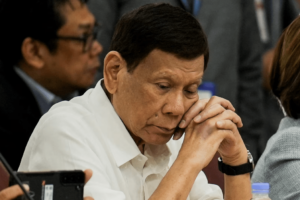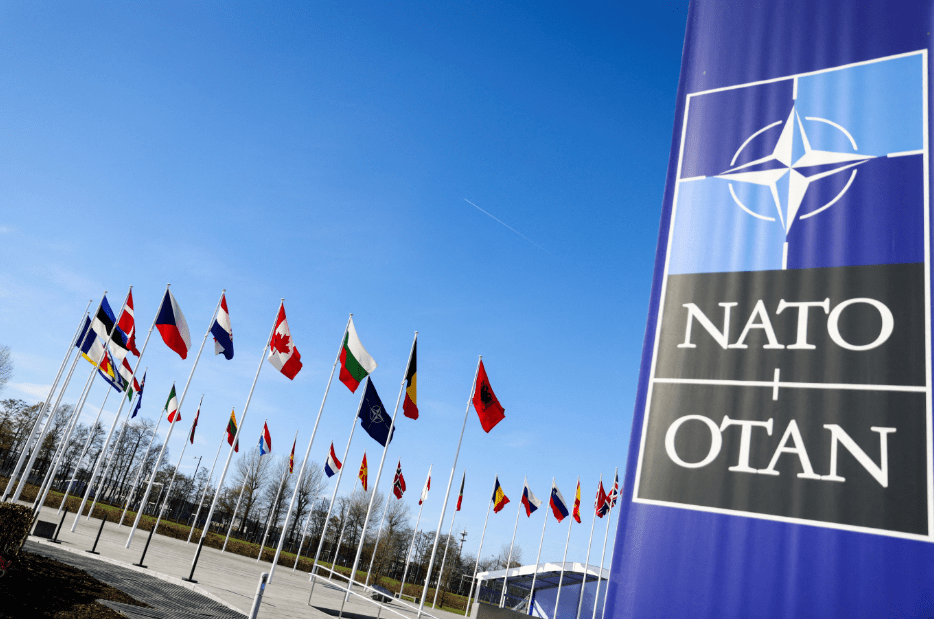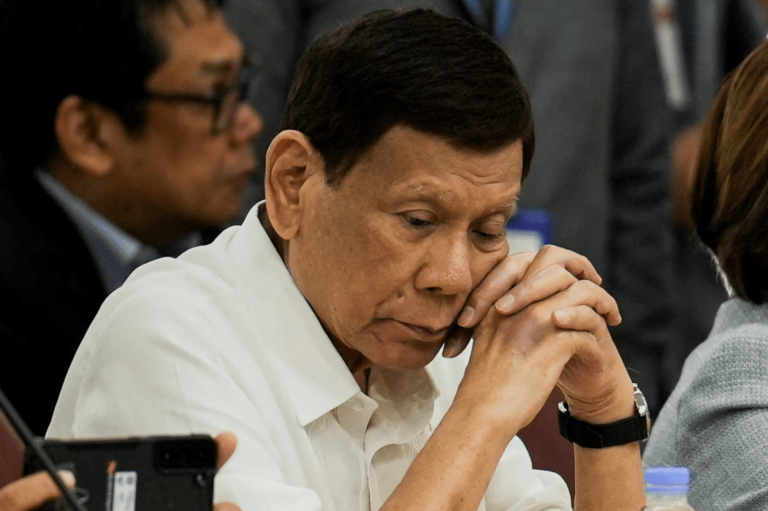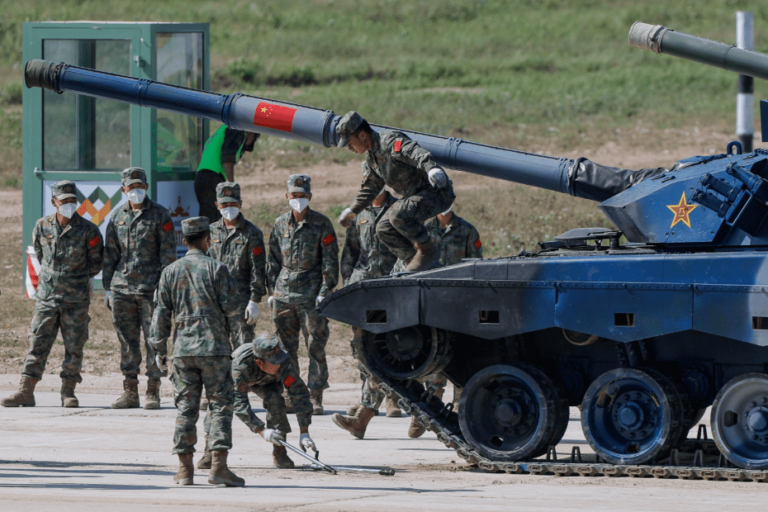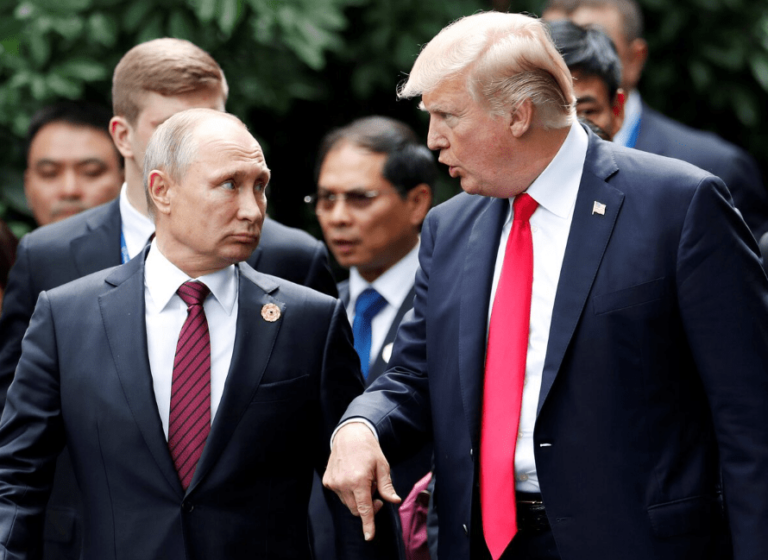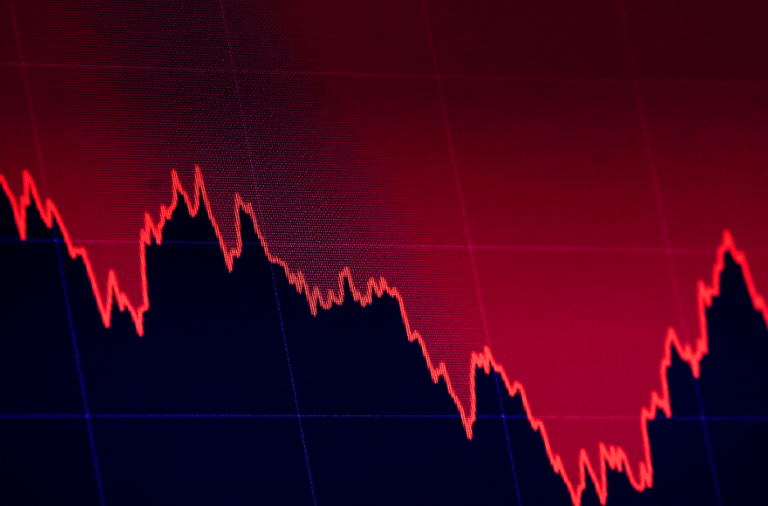A meeting at NATO headquarters in Brussels on Wednesday highlighted growing tensions within the alliance as the Trump administration signaled a shift in its approach to Ukraine and defense spending. While the gathering was ostensibly about coordinating military aid for Ukraine and welcoming new U.S. Defense Secretary Pete Hegseth, it revealed deep divisions over the future of NATO’s strategy.
Hegseth’s statement that Ukraine’s NATO membership is “not a realistic outcome” of peace negotiations marked a stark departure from the alliance’s previous stance. This shift, coupled with President Donald Trump’s recent comments suggesting Ukraine’s territorial future is uncertain, left European leaders scrambling to maintain a united front.
“We as a NATO alliance have always been clear that Ukraine’s rightful place is in NATO,” said UK Defense Secretary John Healey, attempting to downplay the rift. Estonia’s Defense Minister Hanno Pevkur echoed this sentiment, noting that Hegseth’s remarks did not rule out eventual membership. However, the U.S. position has raised concerns about capitulating to Moscow’s demands.
The Trump administration’s willingness to chart its own course was further underscored by a 90-minute phone call between Trump and Russian President Vladimir Putin, which occurred as NATO ministers discussed countering Russian aggression. Ukraine’s Defense Minister Rustem Umerov declined to comment on the call, walking away from reporters when questioned.
Adding to the tension, Hegseth called for NATO members to increase defense spending to 5% of GDP, a significant jump from the current 2% target. “The United States will no longer tolerate an imbalanced relationship which encourages dependency,” he said. NATO Secretary General Mark Rutte acknowledged the need for higher spending, warning that failure to rearm could leave Europe vulnerable within five years.
While European leaders broadly agree on the need to bolster defense budgets, their commitments remain modest. The UK, for example, has pledged to raise spending from 2.3% to 2.5% of GDP, without specifying a timeline.
The Trump administration’s unilateral approach has left NATO allies in a difficult position. As the U.S. prioritizes the Pacific and Europe faces a resurgent Russia, the alliance must navigate a rapidly changing geopolitical landscape.
“European countries have to get with the mood music,” said Matthew Savill of the Royal United Services Institute. “If they think any U.S. official or politician is going to stick their neck out for Europe, on Europe’s behalf, they are kidding themselves.”


